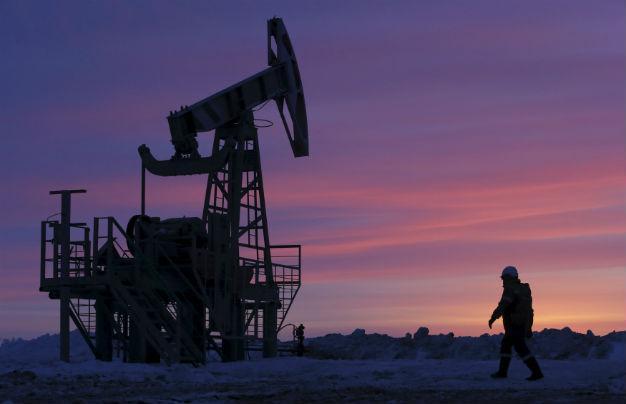IEA sees oil market rebalancing in 2017
PARIS - Reuters

REUTERS photo
Oil markets will begin to rebalance in 2017 thanks to falling U.S. production but that decline will prove short-lived as efficiency gains will push U.S. output to new records by the beginning of the next decade, the International Energy Agency (IEA) said on Feb. 22.
“Only in 2017 will we finally see oil supply and demand aligned but the enormous stocks being accumulated will act as a dampener on the pace of recovery in oil prices when the market, having balanced, then starts to draw down those stocks,” the IEA said in its medium-term outlook.
“Today’s oil market conditions do not suggest that prices can recover sharply in the immediate future,” it added.
Over the course of 2015 to 2021, U.S. output is expected to reach a record high of 14.2 million barrels per day (bpd), after dipping initially this year and next, the IEA said in its report.
Production of U.S. shale oil, known as light, tight oil (LTO), is expected to drop by 600,000 bpd this year, and a further 200,000 bpd next year before gradually recovering.
“Anybody who believes that we have seen the last of rising LTO production in the United States should think again; by the end of our forecast in 2021, total U.S. liquids production will have increased by a net 1.3 million bpd compared to 2015,” the IEA said.
Overall, global oil supply is expected to rise by 4.1 million bpd between 2015 and 2021, compared with growth of 11 million bpd between 2009 and 2015, the IEA said.
The report forecast OPEC crude oil production capacity would rise by 800,000 bpd by 2021 as lower oil prices force the re-consideration of development projects in the early period of the forecast.
“Iran, now free of nuclear sanctions, emerges as the biggest source of growth within OPEC over the six-year forecast period. The higher capacity will not, however, allow Iran to reclaim its rank as OPEC’s second-biggest crude oil producer after Saudi Arabia. That position is maintained by Iraq through 2021 despite a marked slowdown in its capacity building,” the IEA said.
